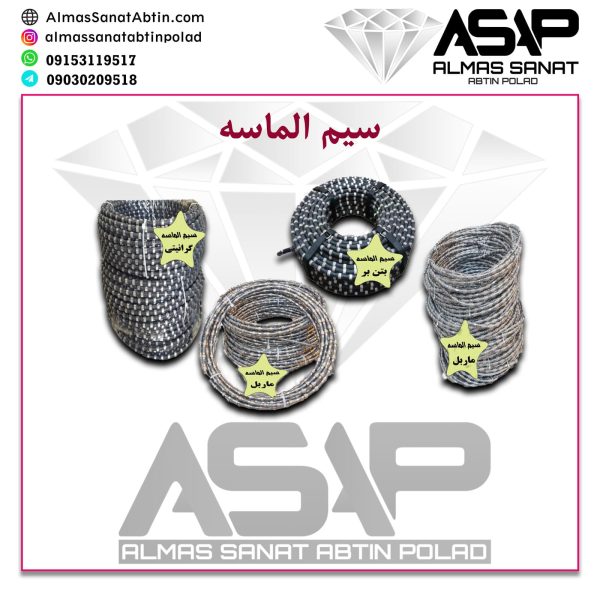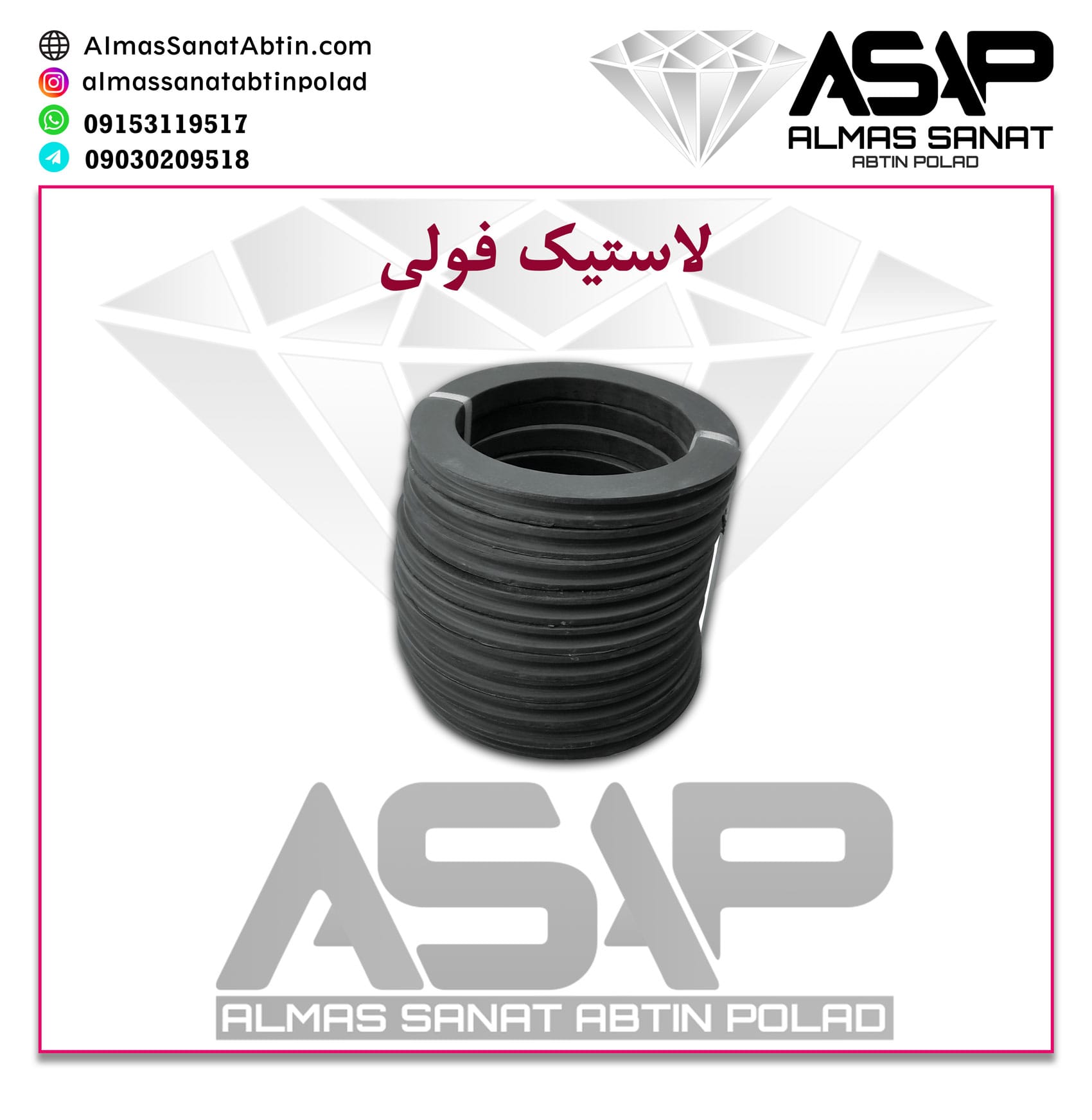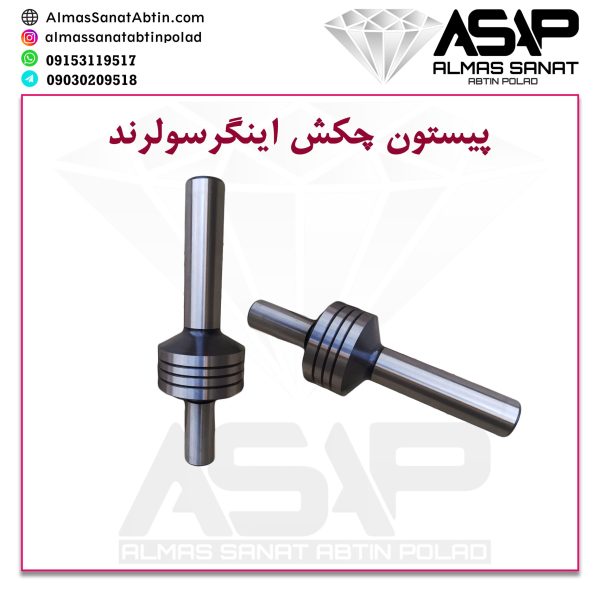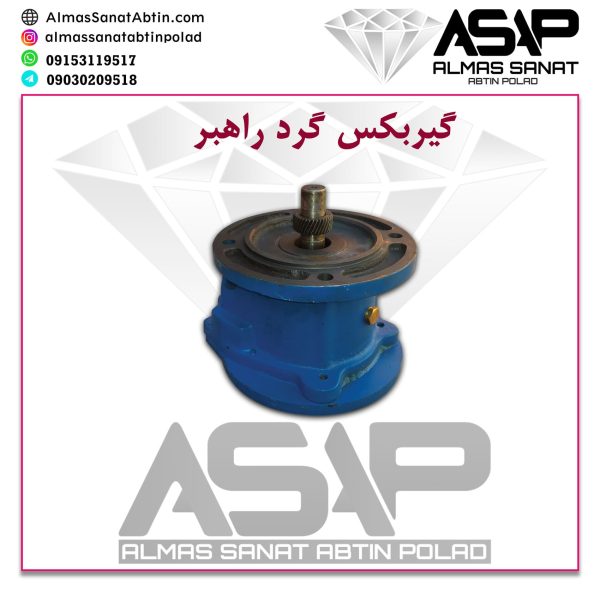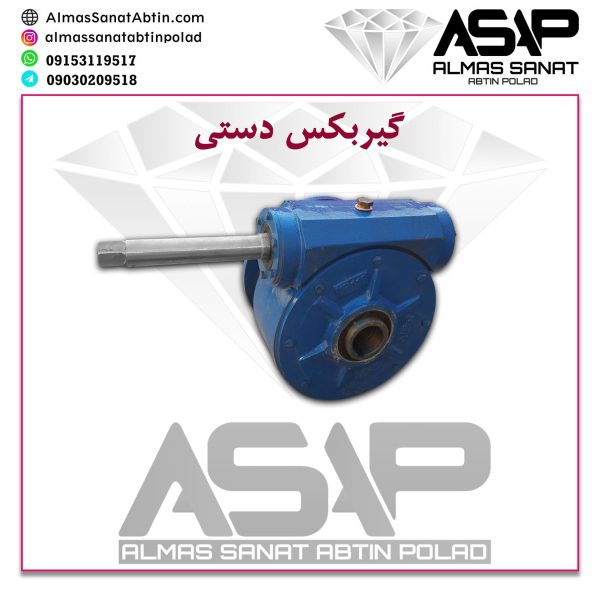Pulley Rubber
Pulley Rubber
Pulley Rubber is an essential component in power transmission systems, widely used in various types of machinery and industrial equipment. This part is designed to transfer motion and force between two shafts or different components. Rubber pulleys are highly valued for their unique properties, such as shock absorption and vibration reduction, making them ideal for applications that require smooth and quiet operation.
Key Features and Benefits of Rubber Pulley
Absorbs Vibrations and Shocks
Due to the flexibility and elastic properties of rubber materials, they are capable of absorbing shocks and vibrations. This feature helps power transmission systems operate with minimal noise and stress, providing optimal performance and extending the lifespan of the equipment.
Reduces Slippage and Enhances Efficiency
The rubber coating on pulleys increases friction between the pulley and the belt or rope. This feature allows power to be transmitted more effectively, reducing the likelihood of slippage and energy loss. As a result, the overall efficiency of the system is significantly improved.
Resistance to Environmental Conditions
Rubber pulleys offer high resistance to temperature variations, humidity, and chemicals. As a result, they perform better in industrial and workshop environments exposed to diverse environmental conditions, making them suitable for use even in harsh settings.
Structure of Rubber Pulley
Rubber pulleys are typically constructed with a metal core covered by a layer of rubber. The metal core provides the necessary strength and durability to withstand various stresses, while the rubber layer absorbs shocks and increases friction. This combination ensures that rubber pulleys not only offer high resistance but also perform effectively in absorbing vibrations and shocks.
Applications of Rubber Pulley in Various Industries
Rubber pulleys are used in a variety of industrial machinery, conveyor systems, agricultural equipment, and even specialized systems such as wire cutting machines. These pulleys are particularly employed in systems that require vibration reduction and shock absorption. For example:
- Automotive Industry: In vehicles, rubber pulleys help reduce vibrations and enhance driving comfort.
- Industrial Machinery: In manufacturing equipment and heavy-duty machines, these pulleys improve system performance and reduce failures caused by vibrations.
- Agricultural Equipment: In agricultural machinery operating in harsh environments, rubber pulleys help maintain proper performance.
Rubber pulleys, with features such as vibration absorption and resistance to environmental conditions, play a key role in enhancing system efficiency and reducing maintenance costs.



